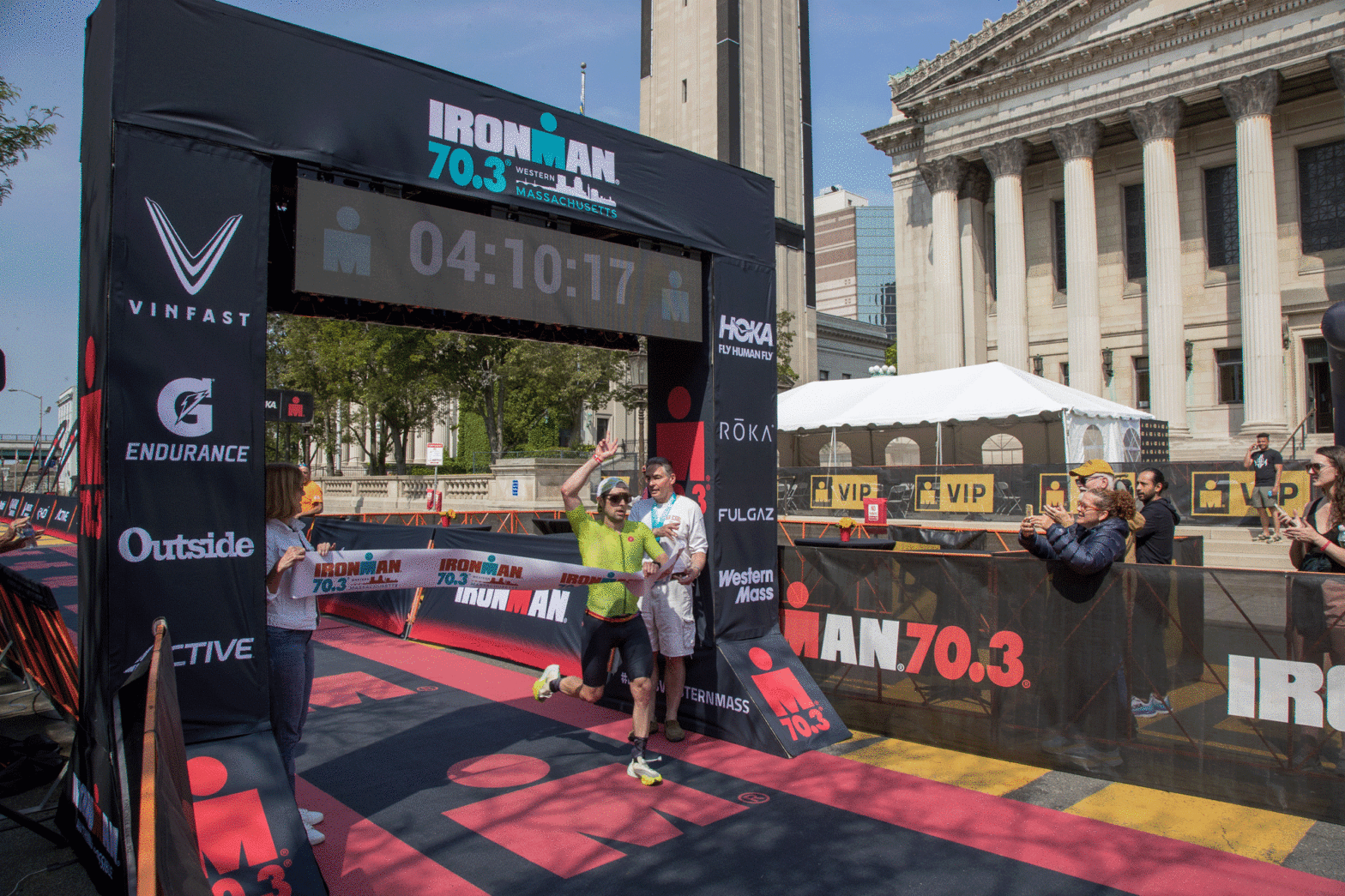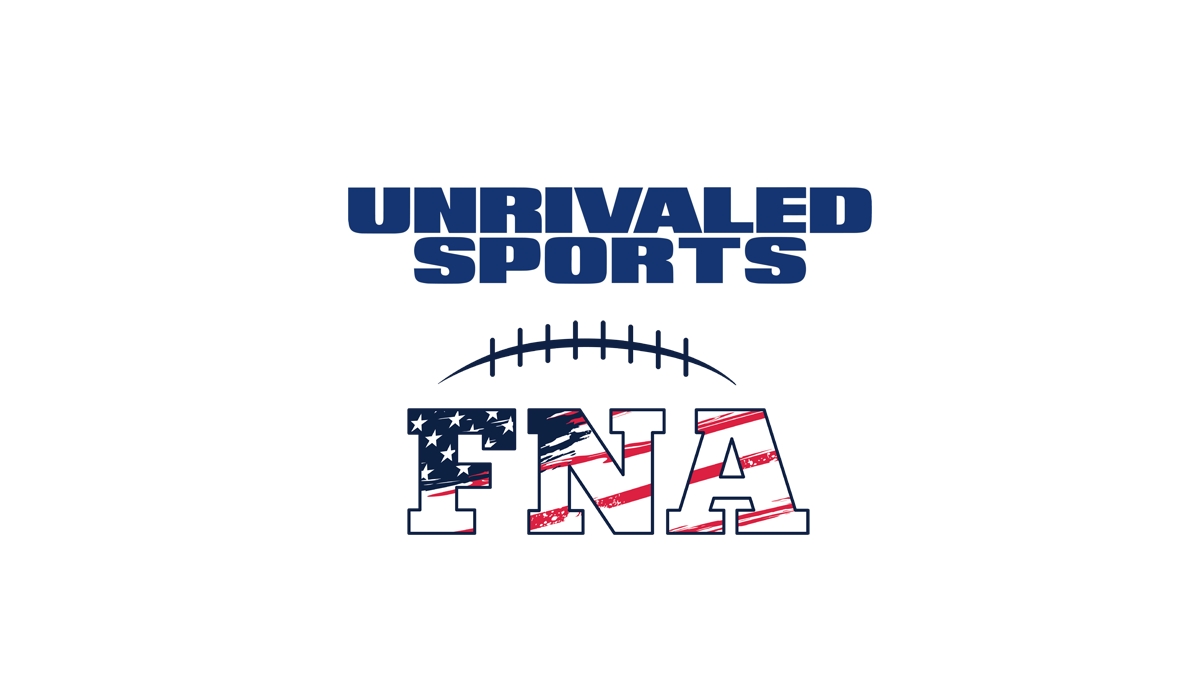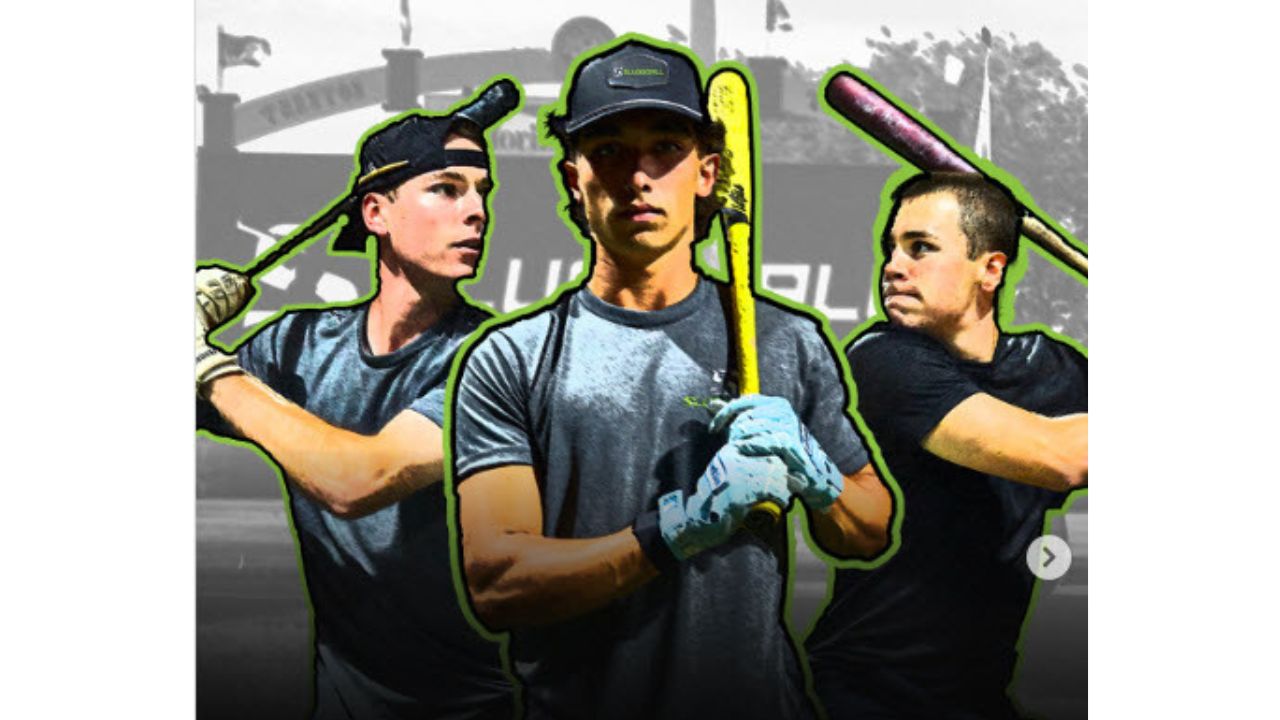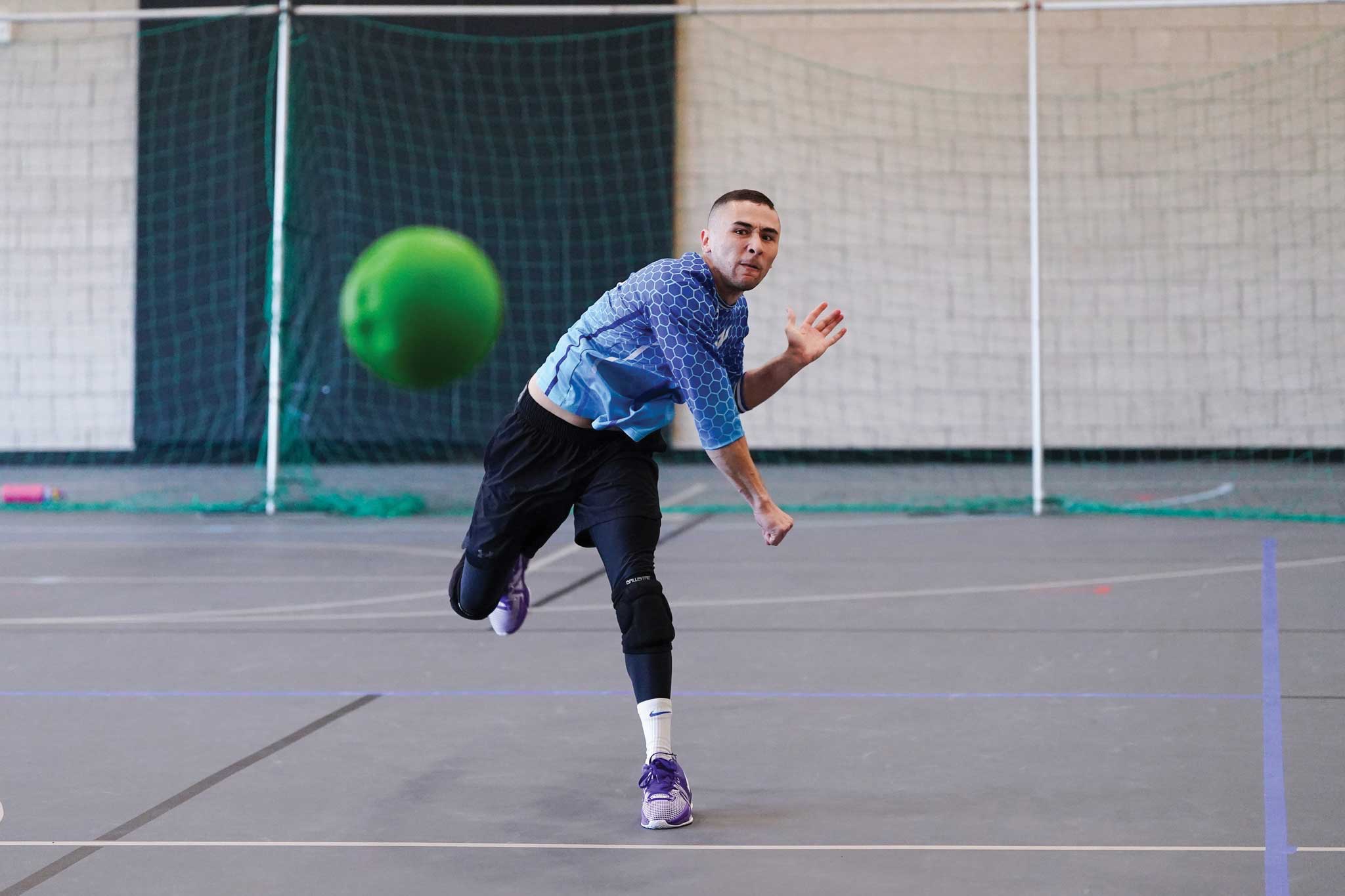
For many people, dodgeball evokes memories of elementary school gym class—rubber balls, frantic dives, and the occasional stinging arm. But in numerous cities across the country, it has evolved into a competitive, community-driven sport that’s experiencing a grassroots renaissance. Just ask Samantha Sayward, founder and league owner of Philly Dodgeball, a vibrant organization that’s grown from 40 passionate players to over 500 in just three years, or Nick Factoran, executive director of operations for USA Dodgeball, who oversees a national tournament circuit drawing teams from across the country. “The sport saw huge growth when the Dodgeball movie came out, and it’s been like that ever since,” Factoran says. “You would think it would be dying out, but with our program and our Premier Tour, we’re seeing our registration numbers increase year over year.” So, why should an amateur sports event planner consider adding dodgeball to their playbook? Here are 10 compelling reasons, along with practical tips on how to get started.
1. Dodgeball has a low barrier to entry
Unlike many amateur sports, dodgeball requires minimal equipment and infrastructure. “All you really need is a gym and balls,” Sayward says. Most courts can be adapted using existing volleyball or basketball lines, and equipment costs are low compared
to other sports.
How-to tip: Partner with schools, community centers, or rec gyms for space. Meanwhile, USA Dodgeball member organizations also get discounts on ball purchases and bulk orders.
2. It’s incredibly accessible
Dodgeball doesn’t demand prior experience, high skill levels, or a steep learning curve. “It’s one of those sports that you don’t need to know coming in,” Sayward says. “Most people can pick up something and throw it.” According to Factoran, USA Dodgeball’s national events regularly see new players competing alongside experienced athletes. This accessibility makes it perfect for all ages, abilities, and experience levels.
How-to tip: To attract diverse participants, offer beginner-friendly divisions and co-ed teams with inclusive rules (e.g., gender identity-based minimums).
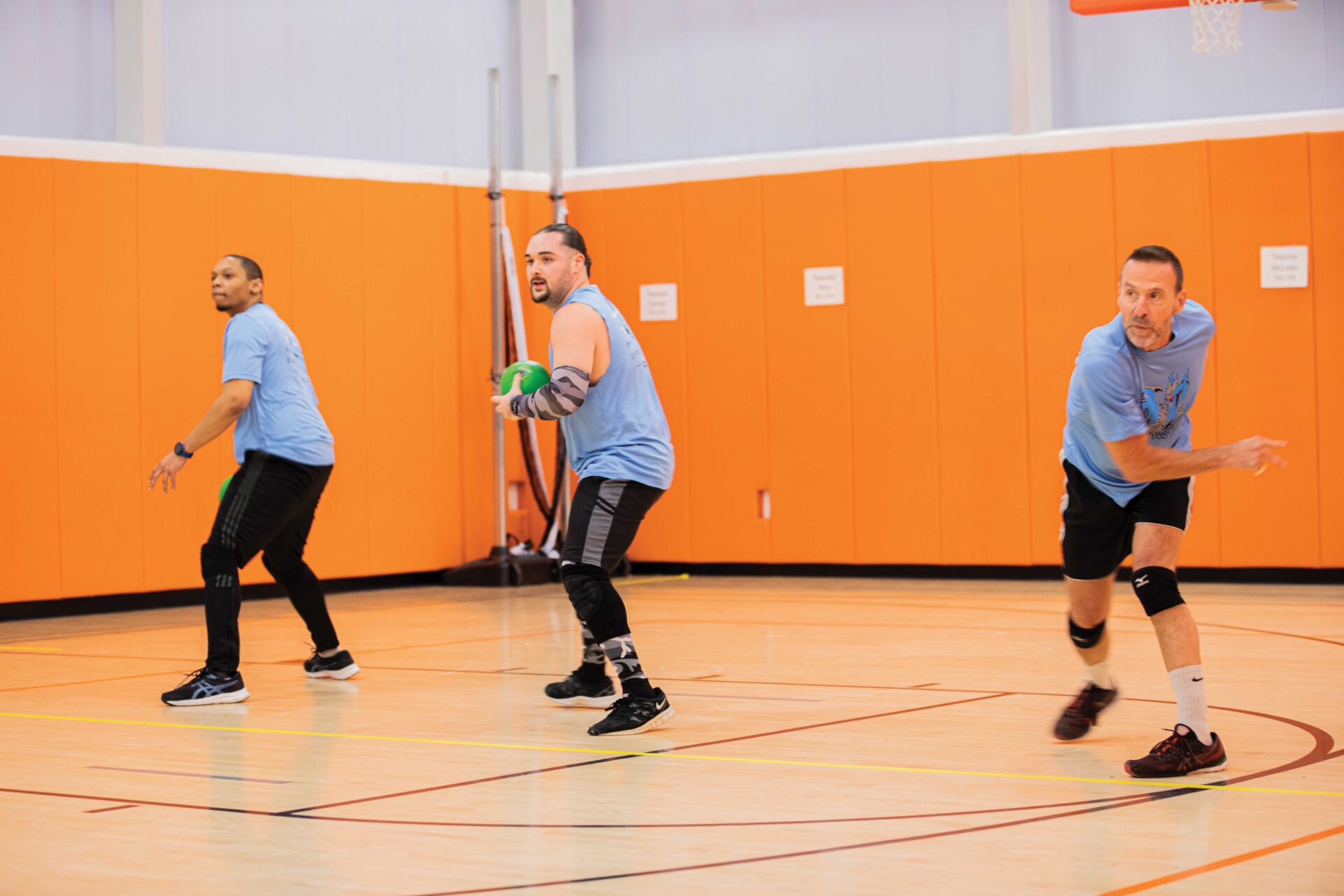
3. It’s built around community
Philly Dodgeball’s success stems not just from competition, but camaraderie. Weekly post-game social gatherings are built into the culture. “We make sure that everybody is following the rules and everyone’s having fun. And then we make sure to go out after for post-game drinks and get to know newer players,” Sayward says. “We bring the competition, but our primary focus is player experience and building community.” Factoran echoes that sentiment: “Whether it’s a local rec league or a national tournament, the social side of the sport is huge.”
How-to tip: Plan social activities around your event. Find a regular hangout spot or partner with local bars or restaurants for after-parties, discounts, or drink specials.
4. Dodgeball can range from social to serious
Don’t let the fun fool you, dodgeball can be fiercely competitive. Philly Dodgeball offers everything from casual leagues to highly strategic games with structured play calls, positions, and elite athletes. “Some players train, practise, and even specialize by position,” Sayward says. Factoran explains that at the national level, teams use precise timing and strategy. “It’s like high-speed chess,” he says. “You’re reading the court, anticipating moves, and making split-second decisions. It’s more strategic than people may think.”
How-to tip: Structure your event with multiple brackets—social, intermediate, and competitive—so players can select their intensity level.
5. It appeals to Millennials and Gen Z
The sweet spot of dodgeball’s player base? Ages 26 to 35, with a growing influx of younger Gen Z players fresh out of college. “I think especially with the younger generation, they don’t want to just go to a bar and drink. They want to do an activity,” Sayward says. Factoran notes that many participants come from other organized sports or social leagues. It’s an easy transition for people who want competition without the rigid structure of traditional leagues, he says.
How-to tip: Market your event through Instagram, TikTok, and Meetup.com. Optimize your SEO and use player testimonials to create interest and excitement. You can also partner with other organizations or companies to widen your reach. For example, USA Dodgeball has teamed up with an online broadcaster, dodgeball.live, to stream a selection of games during its Premier Tour events.
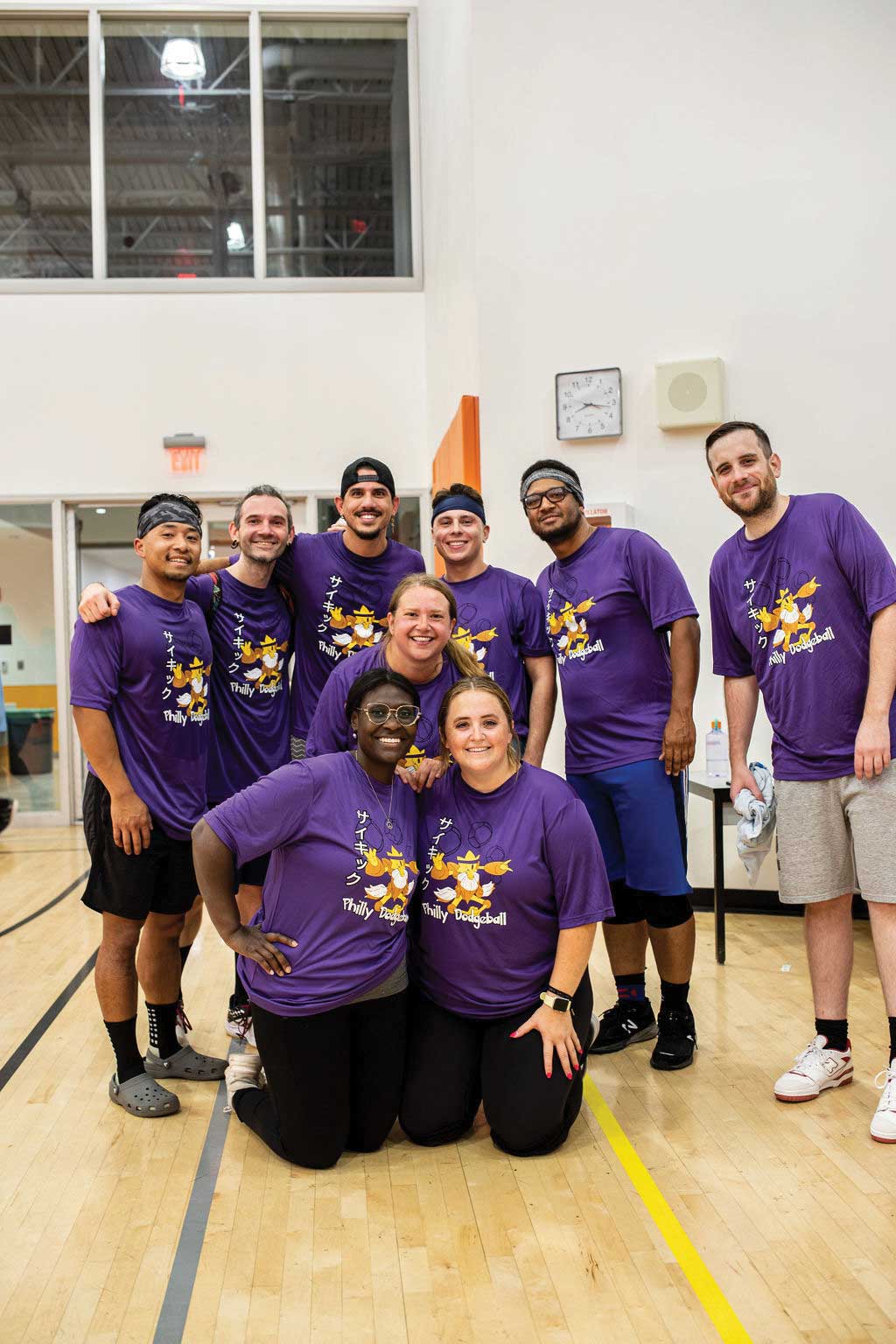
6. It’s a model of inclusivity
From LGBTQ+ leagues to women-and-nonbinary nights, dodgeball has become a welcoming space for everyone. Philly Dodgeball’s “Lavender League,” which focuses on she/they players, has exploded in popularity. “It’s inclusive because it’s built that way from the top down,” Sayward says. Factoran emphasizes that inclusivity is also a priority at the national level. “Anyone can be really good at this game,” he says. “The community that we’ve fostered over the past few years is incredibly welcoming and inclusive of all people, all genders.”
How-to tip: Create gender-diverse divisions and ensure league policies are explicitly inclusive. Invite community leaders or affinity groups to participate or help promote your event.
7. Dodgeball has national and international presence
Yes, dodgeball has governing bodies—USA Dodgeball being the largest in the U.S. Events can connect to larger circuits, giving players a chance to qualify for bigger tournaments or join national teams. Factoran helps oversee the USA Dodgeball Premier Tour, a multi-city competition that ends in a national championship. “This year it’s in New Orleans over Labor Day weekend,” he says. Meanwhile, international play is also big and growing. The World Dodgeball Federation holds its World Championships every two years, with the next happening in 2026.
How-to tip: Join USA Dodgeball as a member organization. You’ll gain exposure on their site, access to discounted gear, and tap into a broader competitive ecosystem.
8. There’s variety in ball types (and that means new event ideas)
Not all dodgeballs are created equal. There are three primary types: seven-inch foam (the most common), no-sting rubber (popular in the U.S.), and cloth (big in Europe). “Cloth is such a fun ball,” Sayward says. To get an idea of what it’s like, imagine a volleyball covered in cloth, she adds. Factoran says that foam and cloth are the two main ball types used at USA Dodgeball events.
How-to tip: Offer a “Ball Type Series” with different divisions by ball format or host a “Try All Three” event. Variety keeps players engaged and curious.
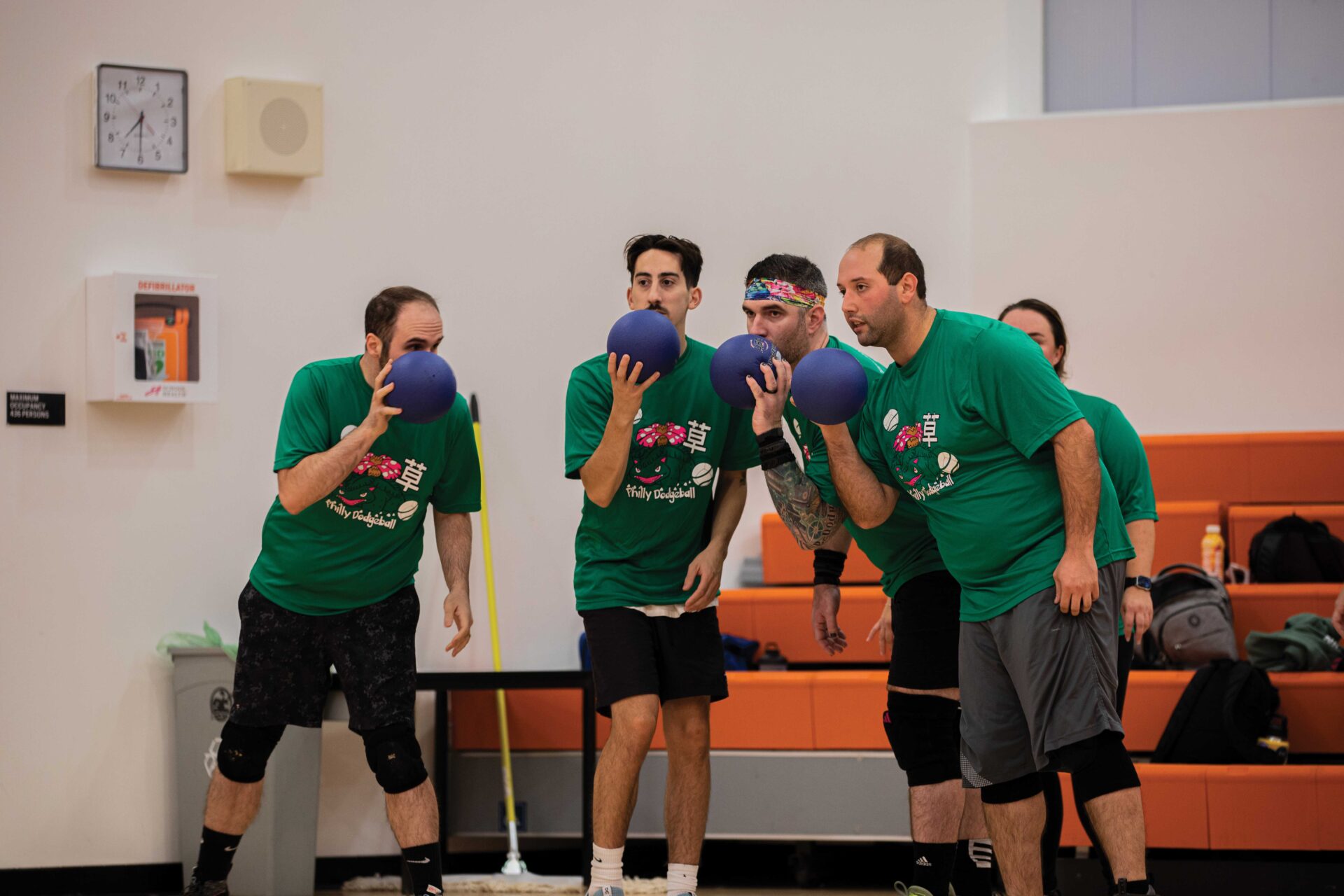
9. Tournament potential is huge
With the right structure, dodgeball tournaments can draw regional—and even national—crowds. For example, Philly Dodgeball’s Beast Coast invitational brings together top teams from across the East Coast. The key is planning. She recommends building backwards from the event date so you can stay on top of when things need to get done, like making social posts, ordering shirts, and managing registration deadlines. Factoran also suggests keeping things efficient and competitive. “You want to make sure you’re prepared. Players want structure, a good schedule, and plenty of game time,” he says. He adds that USA Dodgeball has had good success using the site dodgeballhub.com for its registration and scheduling needs.
How-to tip: Use project management tools to organize tasks. Set calendar reminders for deadlines and appoint roles, such as logistics, player experience, and marketing.
10. You’ll find partners (and volunteers)
Sayward started Philly Dodgeball while working full-time in event planning at a non-profit organization. How did she manage? Finding others who shared her passion. “Eventually, people started bubbling up who wanted to help,” she says. She now has a commissioner and two league managers to support operations. Factoran confirms this is the norm in dodgeball. “USA Dodgeball is run entirely by volunteers,” he says, adding that there are currently only four board members. “This is our passion project.”
How-to tip: Watch for volunteers within your player base. Create clear roles and responsibilities—and don’t be afraid to delegate. Passionate community members are your best assets.
Bonus Tip: Dodgeball is more than a throwback
Whether you’re planning a one-day tournament or a seasonal league, dodgeball is a low-cost, rewarding way to activate your sports community. It may not be the biggest money maker, but it builds friendships, sparks competition, and attracts diverse audiences. As Sayward puts it: “It’s super addicting. Once you try it, you’re hooked.” So, maybe it’s time to stop dodging dodgeball—and start organizing it.




